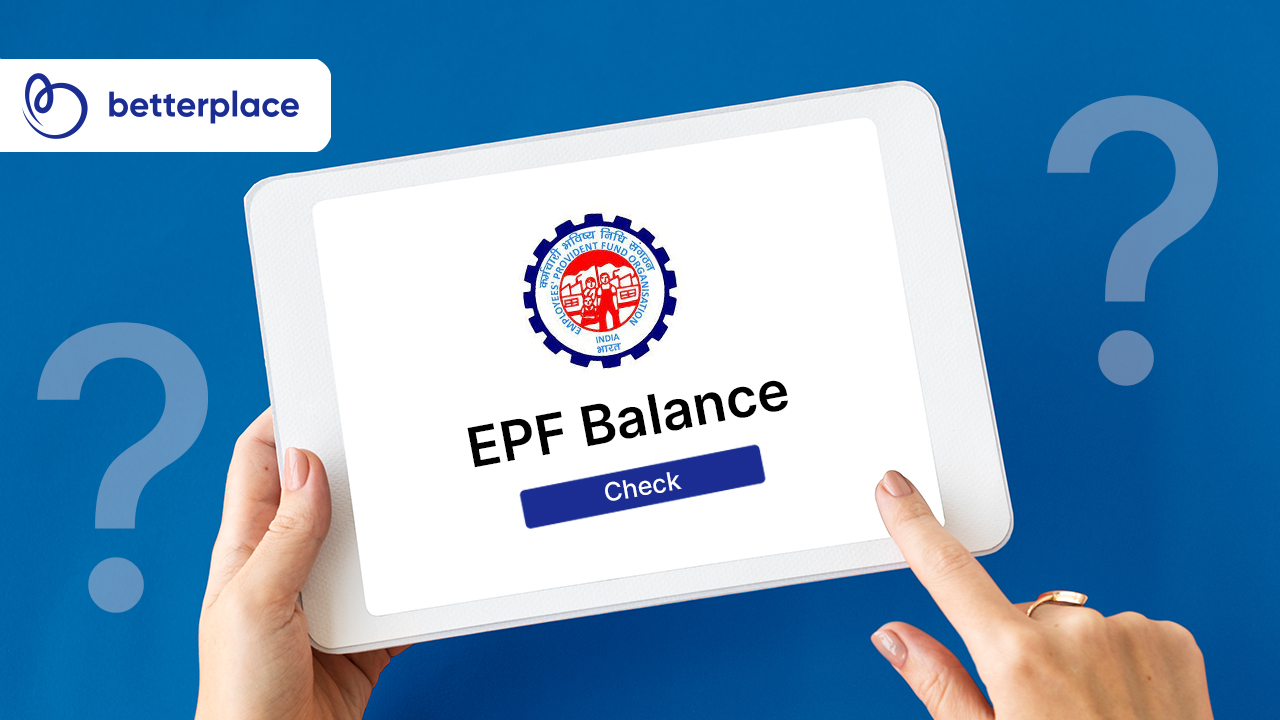Table of Contents
The leave policy in India states that every employee, across all sectors, is qualified to get a certain amount of leaves every year. It is the responsibility of the employer to grant the specified quantity of leaves to their employees as per the earned leave rules and casual leave rules.
The quantity and the types of leaves granted to each employee depends on the state, the employer, and the industry, and whether the company falls under The Shops and Establishment Act or The Factories Act.
Every state has a different leave policy and leaves rules. The different types of leaves that are typically granted in India include earned leaves, casual leaves and sick leaves. A worker can avail these leaves without any loss of income. So, let us check out the casual leave rules and earned leave rules.
What is Casual Leave(CL)?
Casual Leave or CL is granted to an eligible employee if they cannot report to work due to an unforeseen situation. Casual leave can also be utilised if an eligible employee wants to take leave for a couple of days for personal reasons, but not for a vacation.

Companies can be strict when it comes to casual leave rules and allow a maximum of three days of casual leave in one month. Further, the employee should seek prior permission before availing this type of leave via an attendance and time management system. Casual leaves are paid for by the employer.
Casual leave rules:
- In general, casual leaves can be availed for a minimum of half a day to a maximum of three days. Beyond this, leaves should be availed as earned leave or privileged leaves. If the employee wishes to avail the three leaves at the same time, then they need to seek permission from the company.
- If the employer is registered under the Shops and Establishment Act, then the employee is qualified to get casual leave of six days.
- Casual leaves cannot be carried forward to the next year. According to casual leave rules, after the year ends, the casual leaves which are unused expire automatically.
- The unused casual leaves cannot be encashed like earned leaves or privileged leaves. They simply expire when the year ends.
- Casual leaves cannot be clubbed with earned leaves or sick leaves.
- For new employees or for someone who has just resigned, the casual leaves are allotted proportionately. For instance, if an employee joins the company on July 1, i.e. the middle of a year, the number of casual leaves available will be half the actual amount and will be applicable till December 31, i.e., the last day of that year.
What is Earned Leave(EL)?
As the name suggests, earned leaves(EL) are the leaves earned by the employee for providing more than 240 days of service to the employer in a given calendar year. These leaves can be used for vacation or travel. The employers can make use of a proper attendance and leave management system to track and maintain the records of the used and unused leaves of an employee.
Earned leaves rules:
Some of the common rules associated with earned leaves are:
- The calculation of earned leaves is done monthly for the entire calendar year. Ideally, the earned leaves get credited to the employee’s leave account at the start of the calendar year, but the number of leaves the employee is entitled to also depends on the number of months they worked. For instance, according to the employer’s leave policy, 1.25 leave days get added to the employees leave account on completion of one month of service with the company.
- If an employee joins the company at the middle of the calendar year, then the entitled earned leaves will be calculated on a pro-rata basis, from the joining date to December 31 of the same year.
- If an employee resigns, the entitled leaves are calculated on a pro-rata basis until the last working day. If the employee has taken any extra leaves, this will get adjusted in the final settlement amount.
- If an employee is unable to utilise all the entitled earned leaves in one calendar year, then the unused earned leaves will get carried forward to the next year. However, there is a limit to the number of leaves that can be carried forward to the next year. Every employer, depending on the state and region, has different carry-forward rules. The maximum number of leaves that can be accumulated is 30 days. However, according to The Shops and Establishment Act, it can go up by 45 to 60 days, depending on the policy of the states.
- The accumulated or unused leaves get automatically encashed if they exceed the limit or when the employee leaves the organisation. The encashment procedure depends on the company leave policy in India.
- The formula to calculate encashable earned leaves is:
- Amount encashed = monthly gross salary * accumulated encashable leaves / 22
- The encashment of leaves while in service is entirely taxable as per the law. Any leave encashment payment received by state and central government employees during retirement is 100% exempt from any taxes. In all other cases, the exemption amount is limited.
Differences between privilege leave and earned leave
Many employers and employees get confused between privilege leaves and earned leaves. The purpose and nature of both leaves are the same. However, they differ in the following aspects:
- As per the Factories Act, the leave entitlement of the employees is termed as earned leaves or EL, whereas, under the Shops and Establishments Act, the entitled leaves are termed as privilege leaves or PL.
- Under the Factories Act, a single earned leave is granted for every 20 working days, i.e. 18 leaves per year. Under the Shops and Establishment Act, five privilege leaves are granted for four months of work, i.e. 15 leaves per year.
The information shared above about the different types of leaves should give you a clear idea about the various types of leaves that employers can provide to their employees and allow you to set up a policy that works in both yours and in favour of your employees.
FAQs on Casual Leaves And Earned Leaves
1) How many leaves should a company grant?
The number of leaves available at a firm is determined by the state in which you live. Essentially, all state legislatures have similar provisions for key issues. They all grant, at least, seven national and other festival holidays. Republic Day, Independence Day and the birthday of Mahatma Gandhi are examples of days that are required to be holidays. Other than mandatory days, employers and employees may agree to choose or give up the leftover national and festival breaks.
2) What is encashment of leave?
The Factory Act makes no reference to leaving encashment whilst still in service, even with an agreement. Employees can, however, opt for leave encashment when they leave the company due to retirement, discharge or termination. Leave encashment must be calculated based on the employee per day income.
3) Can an employee take leave during the notice period?
An employee may take leave within his or her notice period if the reason is legitimate, such as pregnancy or health concerns. Employees may request to use the remainder of their mandatory yearly leave during the notice period.
4) How are earned leaves calculated?
Earned leaves are calculated monthly for the whole calendar year. The earned leaves should be added to the individual’s leave balance at the beginning of the calendar year. However, the quantity of absences the worker is allowed is dependent on the length of time they were employed.








